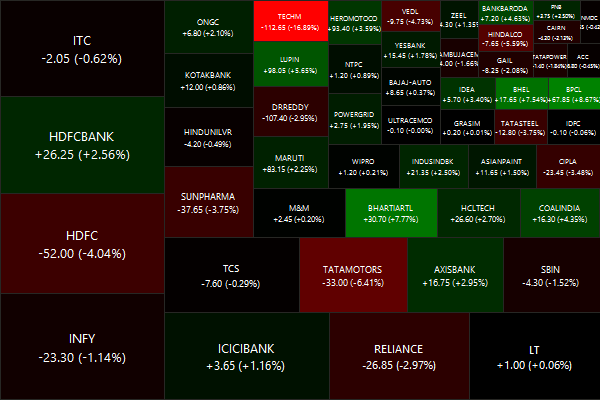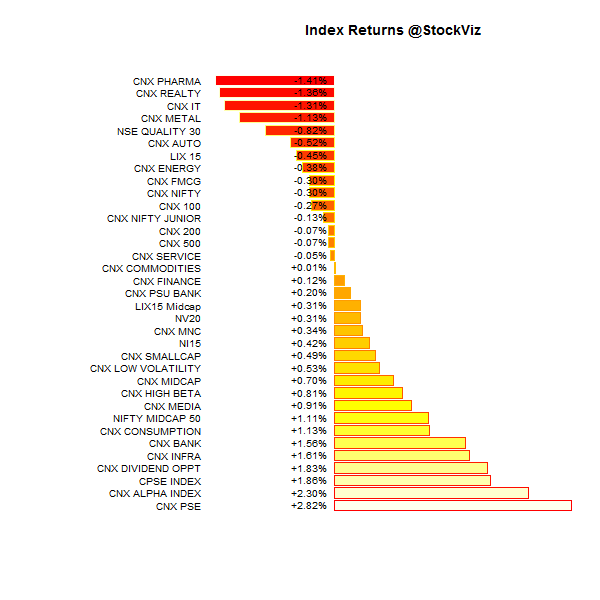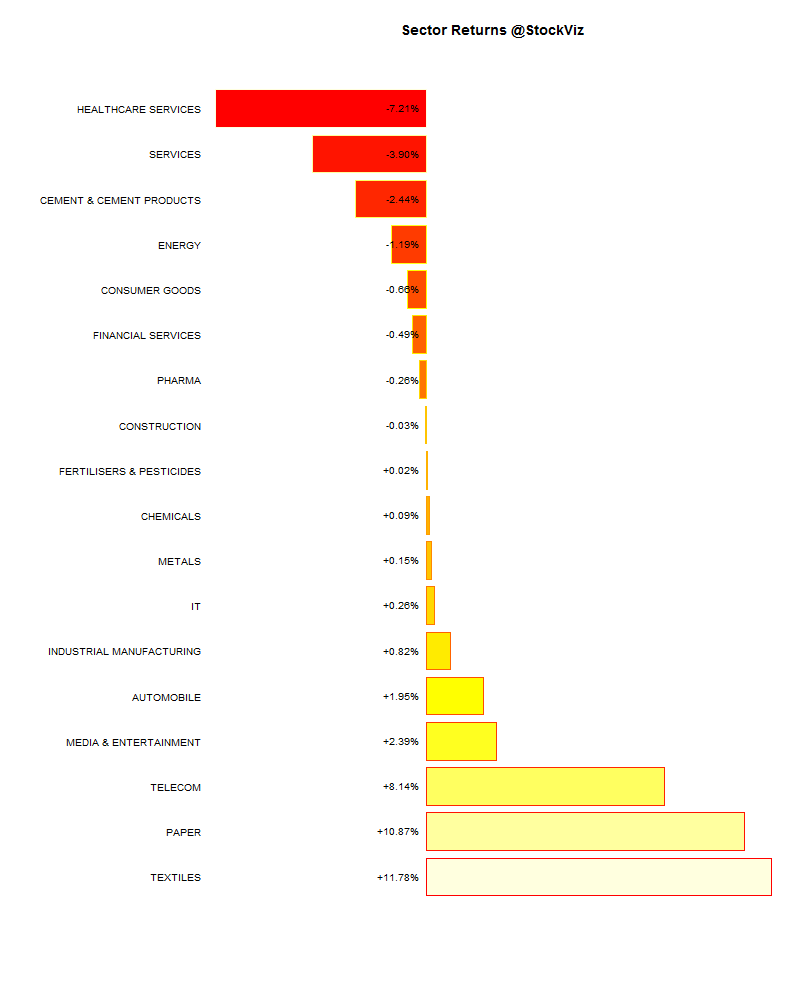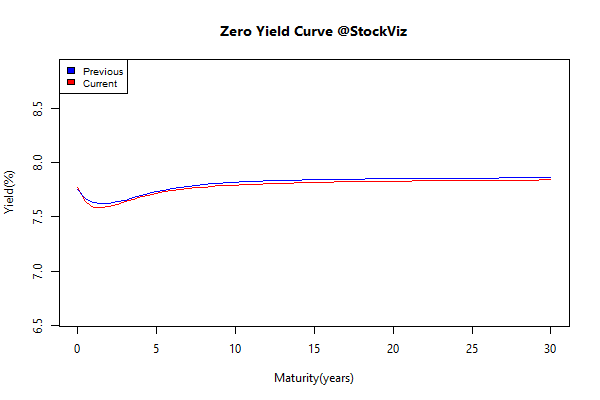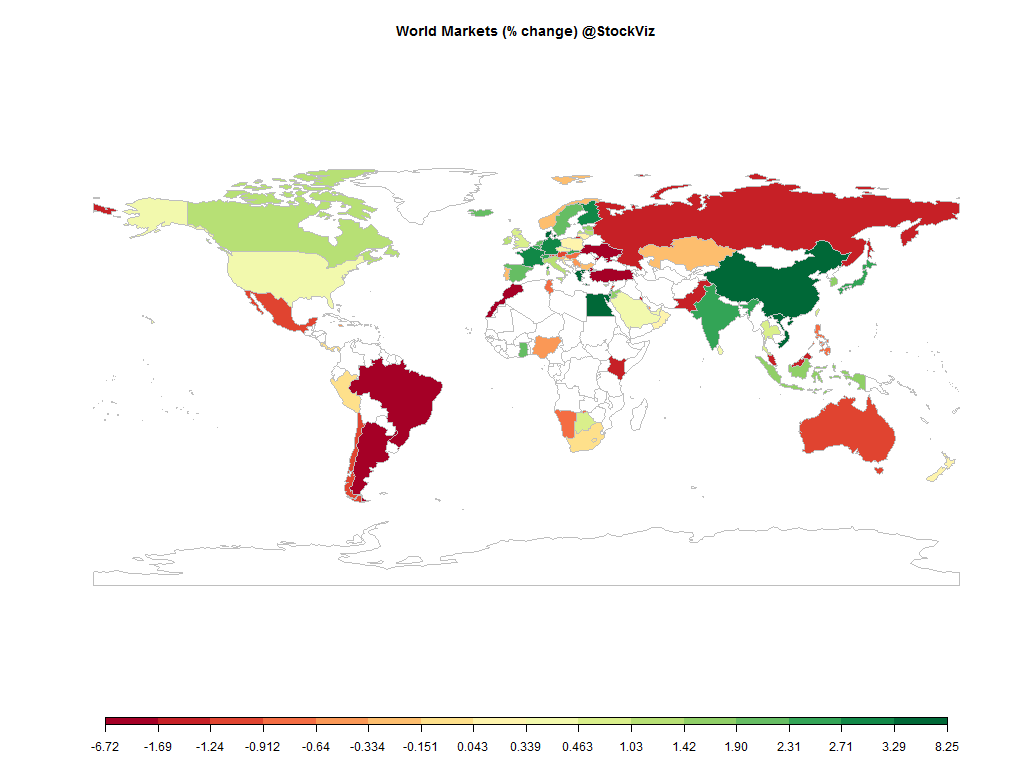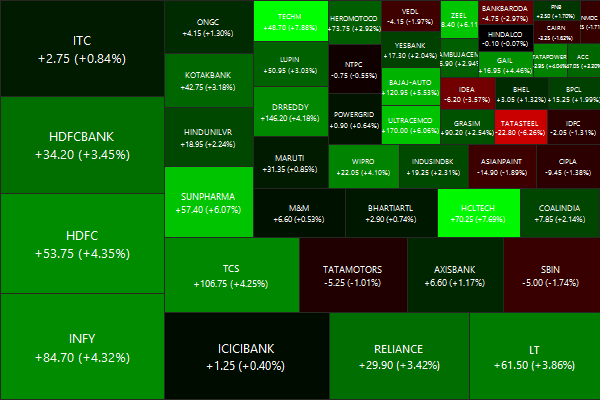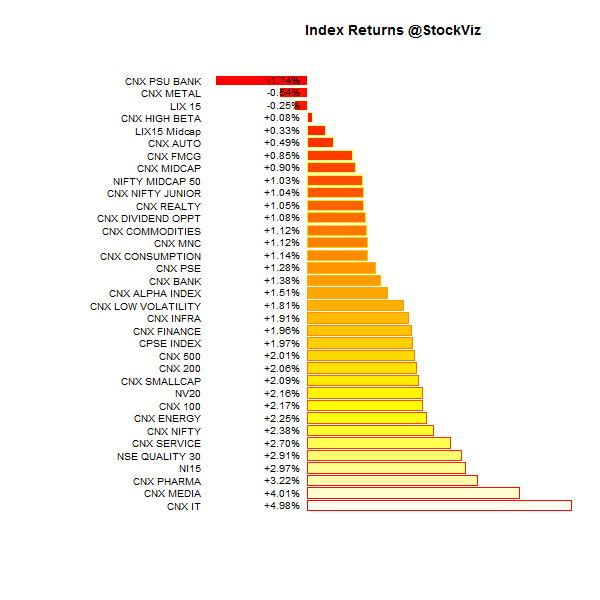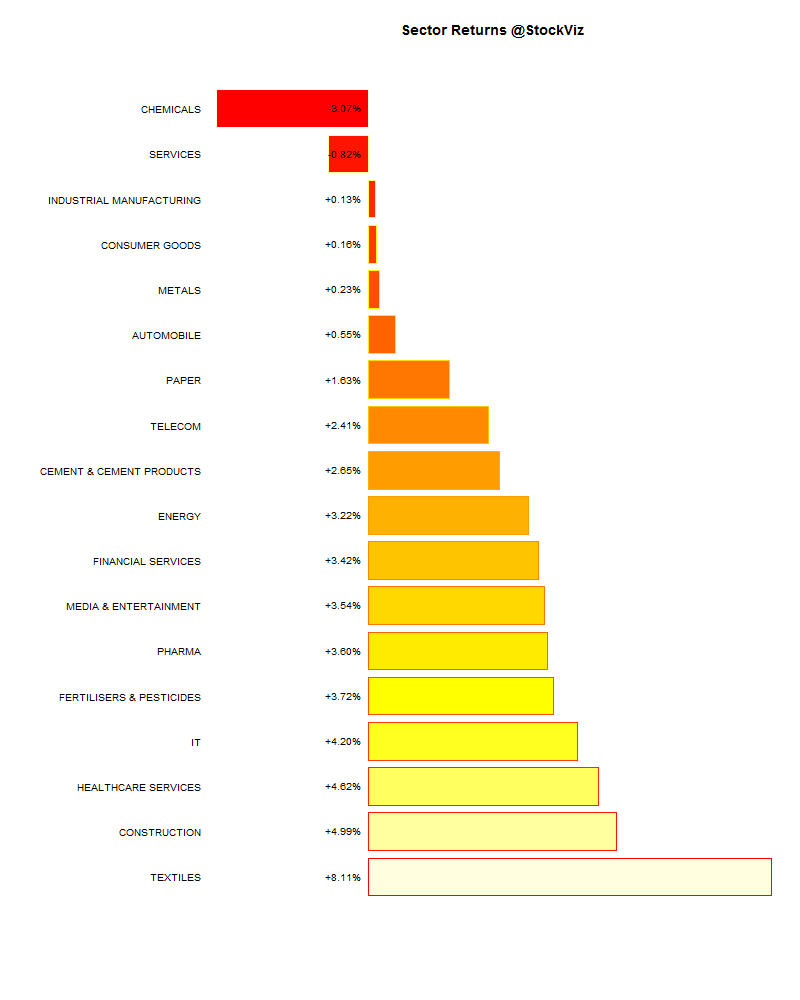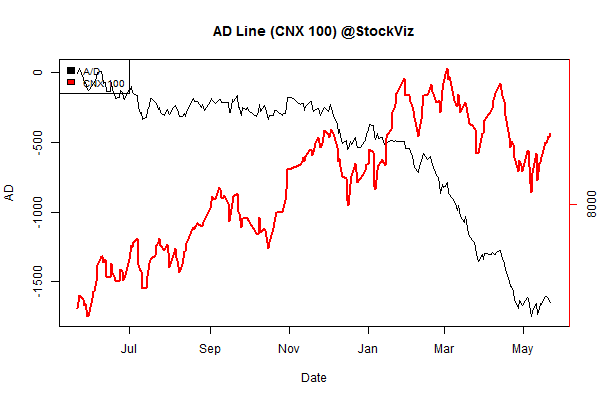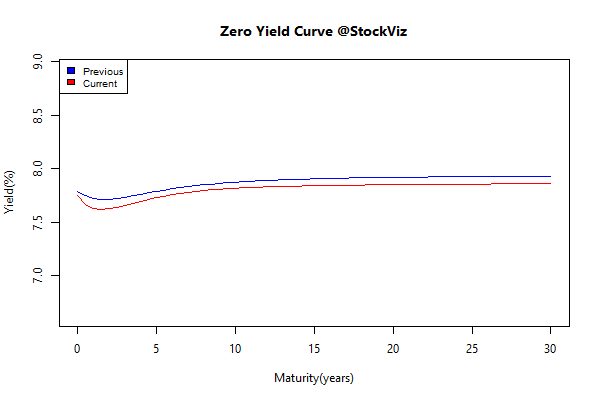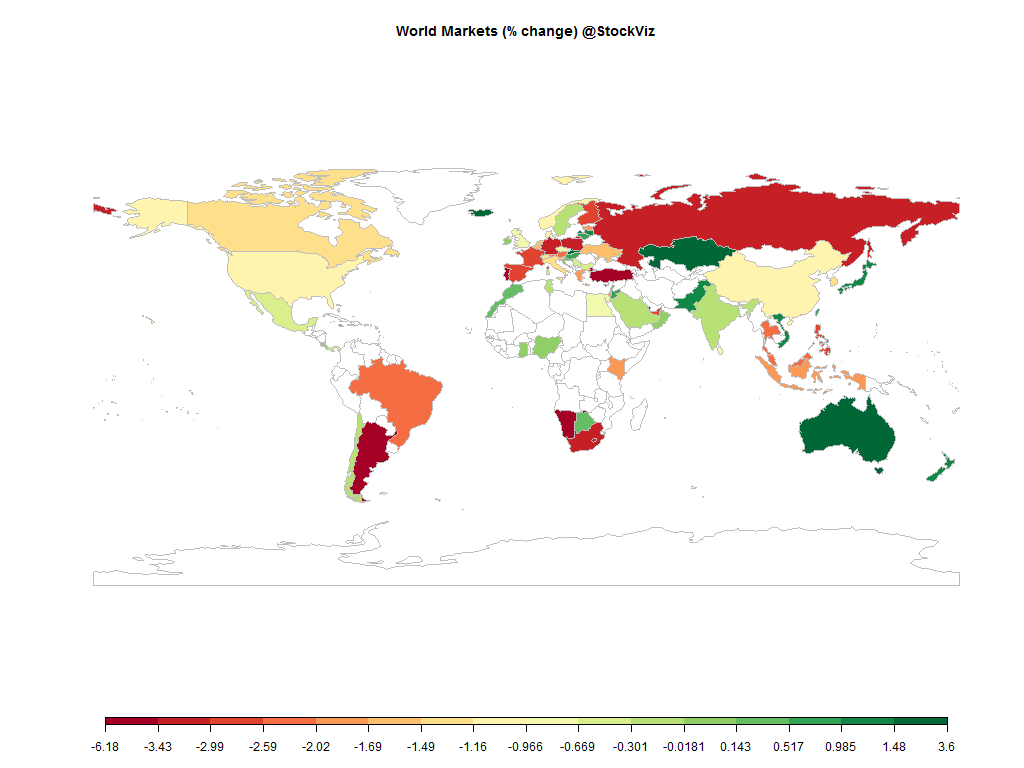
Equities
| MINTs | |
|---|---|
| JCI(IDN) | -1.86% |
| INMEX(MEX) | -0.67% |
| NGSEINDX(NGA) | +0.11% |
| XU030(TUR) | -3.68% |
| BRICS | |
|---|---|
| IBOV(BRA) | -2.58% |
| SHCOMP(CHN) | -0.98% |
| NIFTY(IND) | -0.30% |
| INDEXCF(RUS) | -3.39% |
| TOP40(ZAF) | -3.34% |
Commodities
| Energy | |
|---|---|
| Brent Crude Oil | +0.20% |
| Ethanol | -1.97% |
| Heating Oil | -0.39% |
| Natural Gas | -8.87% |
| RBOB Gasoline | +0.56% |
| WTI Crude Oil | +0.75% |
| Metals | |
|---|---|
| Gold 100oz | -1.28% |
| Copper | -2.47% |
| Palladium | -0.91% |
| Platinum | -3.00% |
| Silver 5000oz | -2.34% |
Currencies
| MINTs | |
|---|---|
| USDIDR(IDN) | +0.50% |
| USDMXN(MEX) | +0.59% |
| USDNGN(NGA) | -0.21% |
| USDTRY(TUR) | +2.47% |
| BRICS | |
|---|---|
| USDBRL(BRA) | +3.05% |
| USDCNY(CHN) | +0.00% |
| USDINR(IND) | +0.48% |
| USDRUB(RUS) | +4.62% |
| USDZAR(ZAF) | +2.16% |
| Agricultural | |
|---|---|
| Coffee (Arabica) | -0.51% |
| Orange Juice | -3.43% |
| Cocoa | -0.09% |
| Coffee (Robusta) | -0.85% |
| Cotton | +1.58% |
| Lean Hogs | +0.12% |
| Sugar #11 | -2.60% |
| Wheat | -7.09% |
| Corn | -2.43% |
| Feeder Cattle | +1.33% |
| Cattle | +0.16% |
| Lumber | -0.04% |
| Soybean Meal | +0.72% |
| Soybeans | +1.00% |
| White Sugar | -0.43% |
Credit Indices
| Index | Change |
|---|---|
| Markit CDX EM | -0.36% |
| Markit CDX NA HY | +0.04% |
| Markit CDX NA IG | -0.54% |
| Markit iTraxx Asia ex-Japan IG | +1.53% |
| Markit iTraxx Australia | +0.90% |
| Markit iTraxx Europe | +2.70% |
| Markit iTraxx Europe Crossover | +4.86% |
| Markit iTraxx Japan | +0.36% |
| Markit iTraxx SovX Western Europe | +0.13% |
| Markit LCDX (Loan CDS) | +0.00% |
| Markit MCDX (Municipal CDS) | -0.59% |
Nifty Heatmap
Index Returns
Sector Performance
Advance Decline
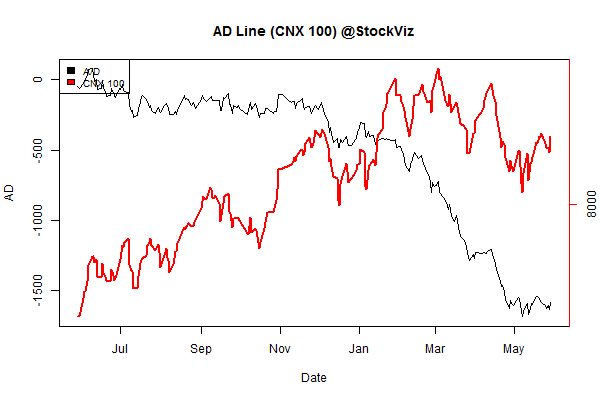
Market Cap Decile Performance
| Decile | Mkt. Cap. | Adv/Decl |
|---|---|---|
| 1 (micro) | -2.36% | 67/62 |
| 2 | -1.83% | 58/71 |
| 3 | -3.67% | 58/70 |
| 4 | -0.95% | 63/66 |
| 5 | -2.40% | 59/69 |
| 6 | -0.38% | 63/66 |
| 7 | -2.68% | 58/71 |
| 8 | -0.33% | 66/62 |
| 9 | -1.20% | 61/68 |
| 10 (mega) | -1.04% | 68/61 |
Top Winners and Losers
ETF Performance
| BANKBEES | +1.87% |
| CPSEETF | +1.82% |
| INFRABEES | +1.54% |
| PSUBNKBEES | +0.47% |
| NIFTYBEES | -0.14% |
| JUNIORBEES | -0.82% |
| GOLDBEES | -0.96% |
Yield Curve
Bond Indices
| Sub Index | Change in YTM | Total Return(%) |
|---|---|---|
| GSEC TB | +0.26 | +0.08% |
| GSEC SUB 1-3 | +0.26 | -0.16% |
| GSEC SUB 3-8 | +0.01 | -0.30% |
| GSEC SUB 8 | -0.01 | +0.22% |
Investment Theme Performance
| Auto and Consumer Goods Quality to Price | +2.89% |
| Next Trillion | +2.35% |
| The RBI Restricted List | +1.51% |
| Balance Sheet Strength | +1.32% |
| Textile, Metals, Chemicals, Paper and Energy Quality to Price | +1.22% |
| Momentum | +1.02% |
| CNX 100 Enterprise Yield | +1.01% |
| ASK Life | +0.70% |
| Low Volatility | +0.66% |
| Tactical CNX 100 | -0.00% |
| High Beta | -0.07% |
| Media, Health, IT, Telecom, Services, Pharma Quality To Price | -0.67% |
| Financial Strength Value | -0.92% |
| ADAG stocks | -1.95% |
| Quality to Price | -2.33% |
| Magic Formula | -2.52% |
| PPFAS Long Term Value | -4.64% |
Equity Mutual Funds
Bond Mutual Funds
Thought for the weekend
This is what Ajay Banga, CEO of Master Card had to say in a recent conference about India:
Source (audio): talkpoint.com
